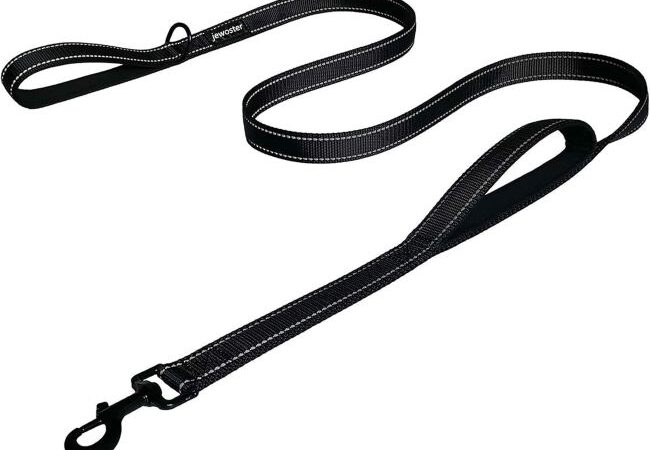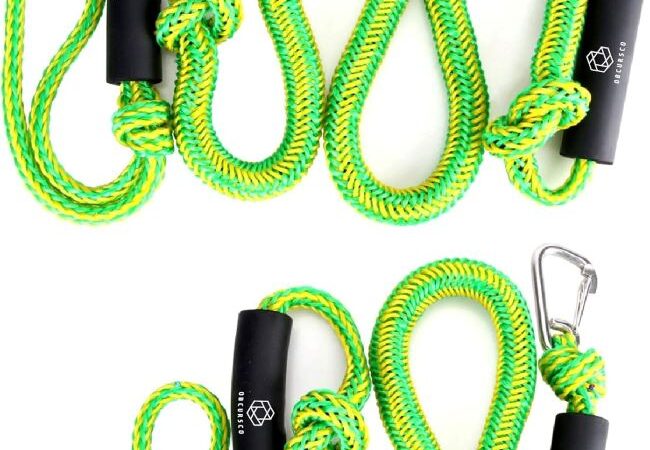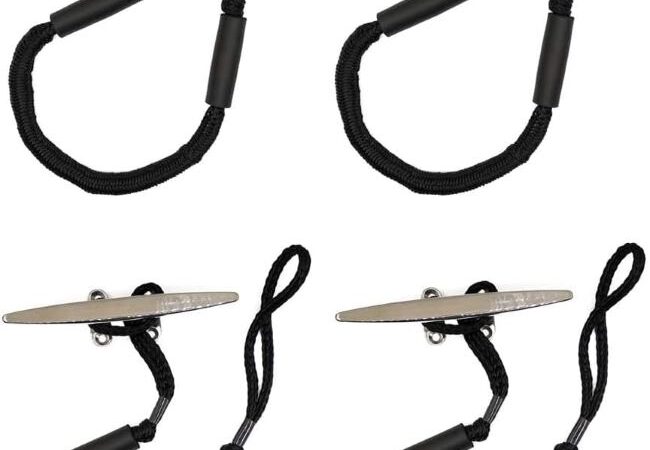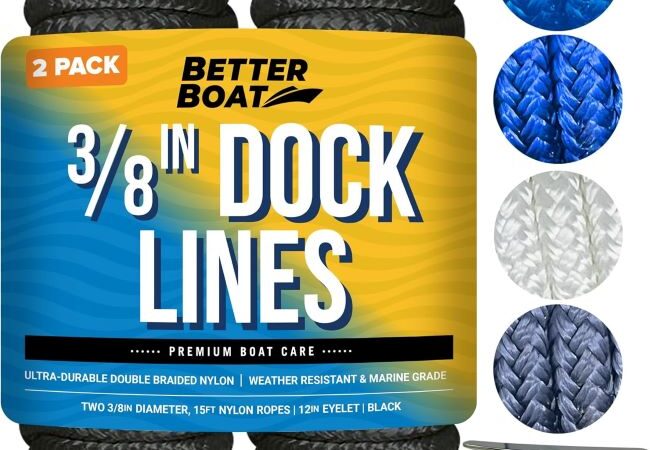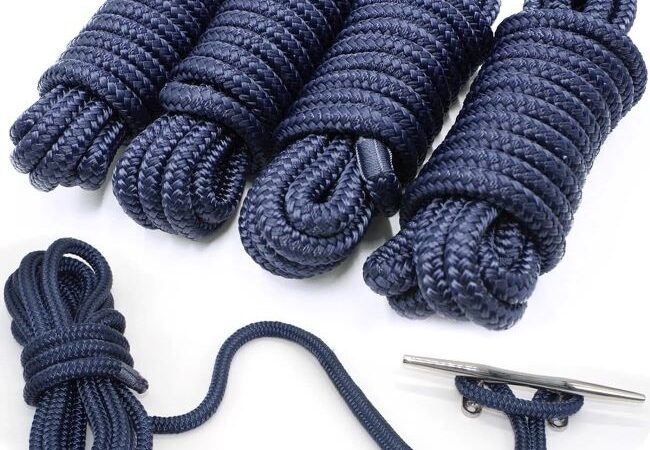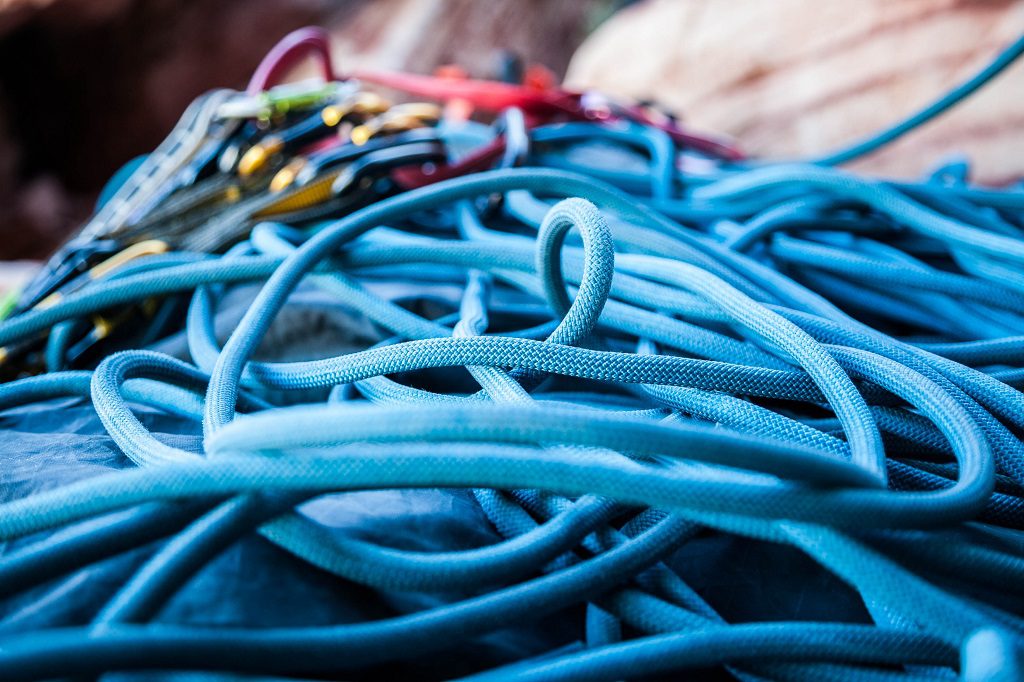
How Often Should You Wash Climbing Rope: Best Practices Revealed
Wash your climbing rope after about every few months of regular use, or more frequently if it’s exposed to dirt, sand, or saltwater. Immediate cleaning is necessary if the rope comes into contact with chemicals.
Contents at a Glance
ToggleClimbing ropes are the lifeline of climbers, and their maintenance is crucial for safety and longevity. Dirt and grime can weaken the fibers of your rope, reducing its performance and lifespan. Regular cleaning helps maintain the rope’s integrity and ensures optimal safety during climbs.
This guide will help you understand the importance of keeping your climbing gear in top condition. Whether you’re a seasoned climber or new to the sport, knowing when to wash your climbing rope is essential for a successful ascent. Keep your climbs safe and your equipment reliable by adhering to a proper cleaning schedule.
The Importance Of Clean Climbing Rope
The importance of clean climbing rope cannot be understated. Dirt and grime can compromise the strength and performance of your rope. A clean rope ensures safety and enhances durability. Regular cleaning maintains its integrity and functionality. Learn the right frequency to keep your climbing companion in top-notch condition.
Safety First: Rope Reliability
A dependable climbing rope is crucial for every climber’s safety. Dirt particles can work their way into the fibers, causing internal abrasion. This wear and tear can weaken the rope over time. It may not be visible to the naked eye, making regular cleaning and inspection essential.
- Remove accumulated dirt to prevent internal damage.
- Inspect your rope after each clean for signs of wear.
- Follow the manufacturer’s guidelines on cleaning products and methods.
Lifespan Extension Through Proper Care
Proper maintenance extends your rope’s lifespan. Clean ropes are less prone to degradation and fraying. Keeping your rope clean means it will be ready for your next adventure without fail.
- Wash ropes using mild soap and cool water.
- Air-dry your rope away from direct sunlight.
- Store in a cool, dry place free from chemicals.
| Climbing Rope Care | Frequency |
|---|---|
| Light Use | 1-2 times per year |
| Regular Use | Every 1-3 months |
| Heavy Use | After each significant outing |
Adhering to a regular cleaning schedule keeps your rope in optimal condition. It’s not just about cleanliness, but ensuring safety and maximizing lifespan. Treat your climbing rope with care, and it will support you on many climbs to come.
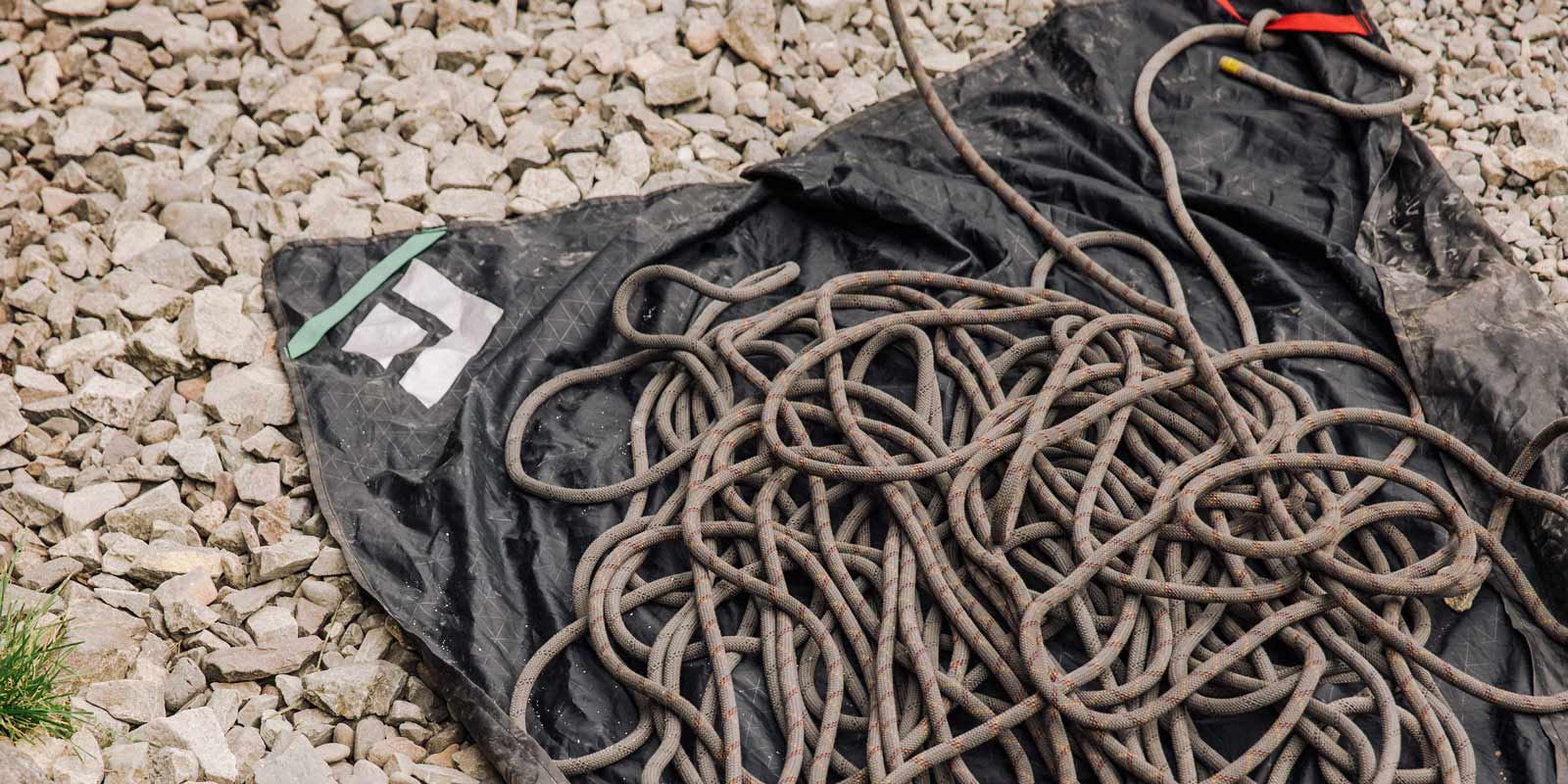
Credit: www.rei.com
Factors That Determine Washing Frequency
Understanding how often to wash your climbing rope is crucial. It’s not just about cleanliness; it’s about safety and longevity of your gear. Several factors can influence the frequency of washing. Here, we’ll explore those key elements.
Type Of Climbing Activities
The nature of your climbs plays a significant role in cleaning schedules. Indoor climbing tends to accumulate less dirt compared to outdoor climbing. Expect to wash more frequently if you often tackle:
- Rocky terrains
- Sandy areas
- Muddy cliffs
Environmental Exposure
Exposure to various environmental elements affects your rope’s condition. Consider these factors:
| Environment | Effect on Rope | Washing Recommendation |
|---|---|---|
| Humid | May cause mildew | More frequent |
| Salty air | Can corrode fibers | After exposure |
| UV rays | Weakens material | Periodically |
Visible Dirt And Grime Accumulation
Visible dirt and grime are clear indicators that it’s time for a wash. Check your rope after each climb. Look for:
- Obvious stains
- Embedded particles
- Discoloration
Regular inspections ensure you catch dirt before it compromises the rope’s integrity.
Recognizing The Signs Of A Dirty Rope
Your climbing rope is your lifeline on the crag. Keeping it clean ensures safety and longevity. Dirt can compromise a rope’s integrity. Look for these signs to know when a wash is due.
Change In Rope Texture
A rope should feel smooth and supple. When dirt accumulates, it feels stiff. This stiffness indicates it’s time for a clean. Dirt particles can cause internal abrasion. This weakens the rope over time.
Discoloration: When To Take Notice
Color fades with use. But sharp contrasts in rope color suggest more than normal wear. These changes can signal ingrained dirt or chemical contamination. Such contaminants can damage the rope’s fibers.
Unpleasant Odors And Their Causes
Ropes can pick up smells from various sources. Musty odors often come from mold or mildew. These grow in damp storage conditions. A strong chemical smell might indicate exposure to harmful substances. Both scents are red flags for a needed wash.

Credit: m.youtube.com
Choosing The Right Washing Method
Maintaining your climbing rope is crucial for safety. Choosing the right washing method can extend its life. Here are the best ways to clean your rope.
Hand Washing Techniques
Hand washing is gentle and effective. Follow these steps:
- Fill a tub with lukewarm water.
- Add a mild detergent.
- Submerge the rope, gently agitate for 5 minutes.
- Rinse thoroughly to remove soap.
- Hang the rope in a cool, shaded area to dry.
Machine Wash: Steps And Precautions
Machine washing can be done, but be careful. Use these steps:
- Place the rope in a mesh bag to prevent tangling.
- Set the washing machine on a delicate cycle.
- Use cold water and a mild detergent.
- Run a full cycle.
- Remove immediately to prevent creases.
- Air dry away from direct sunlight.
Always check the machine’s capacity to handle the rope’s weight.
Detergents And Soaps: What’s Safe?
Choosing the right cleaning agents is essential. Use:
- Non-bleach, non-abrasive detergents.
- Soaps labeled as ‘mild’ or ‘gentle’.
- Avoid fabric softeners and bleach.
Correct soaps ensure the rope’s integrity and safety.
Drying Your Rope Correctly
After a thorough wash, drying your climbing rope is crucial for maintaining its integrity and safety. Proper drying helps preserve the rope’s strength and extends its life. Let’s dive into the best practices for drying your rope and how to store it once it’s dry.
The Do’s And Don’ts Of Rope Drying
Do:
- Lay the rope flat to dry in a cool, shaded area.
- Flip the rope occasionally to ensure even drying.
- Hang the rope loosely coiled in a well-ventilated space, away from direct sunlight.
Don’t:
- Expose the rope to direct sunlight or high heat, as UV rays can weaken the fibers.
- Use a mechanical dryer, such as a clothes dryer, because the heat can damage the rope.
- Force dry the rope with a hair dryer or heater, as this can cause uneven drying and weaken the material.
Storage Solutions Post-washing
Once your rope is completely dry, storing it correctly is just as important as the washing and drying process. Follow these tips:
- Avoid damp or unventilated areas. Store the rope in a dry, cool place.
- Keep it away from chemicals. Fumes can damage rope fibers.
- Use a rope bag or tarp. This protects the rope from dirt and dust.
- Coil it loosely. Tight coils can stress the rope over time.
Proper care ensures your climbing rope remains safe and reliable for your adventures.

Credit: www.climbing.com
When To Replace Your Climbing Rope
Climbing ropes are vital for safety. Knowing when to replace your climbing rope can save lives. A rope’s lifespan is not just about time but also about its condition and history. Let’s dive into how you can assess your rope’s health and understand when it’s time for a new one.
Inspection Tips for Assessing Rope HealthInspection Tips For Assessing Rope Health
Regular checks keep your rope in top shape. Look for these signs:
- Sheath damage: Check for frays or fuzzy spots.
- Core shots: Feel for gaps where the core is exposed.
- Stiff sections: Bend the rope to find any stiff areas, indicating core damage.
- Discoloration: Note any unusual color changes.
Keep a climbing rope log. Record falls, usage, and inspection dates. This log helps track the rope’s history.
Understanding Rope Retirement CriteriaUnderstanding Rope Retirement Criteria
There are clear criteria for when to retire a rope:
| Critera | Retirement |
|---|---|
| Major Falls | Retire immediately after a high-impact fall. |
| Visible Core | Retire if the core is visible through the sheath. |
| Heavy Usage | Retire after one year of heavy use. |
| Regular Usage | Retire after 3 years of regular use. |
| Infrequent Usage | Retire after 5-7 years, even if it looks okay. |
| Chemical Exposure | Retire immediately if exposed to harmful chemicals. |
Trust your instincts. If something feels off, it’s better to be safe. Replace your rope rather than risk an accident.
Professional Insights On Rope Maintenance
Maintaining your climbing rope is crucial for safety and longevity. Here, we dive into seasoned climbers’ expert tips and manufacturers’ advice on rope care.
Expert Advice From Veteran Climbers
Regular inspection and cleaning are key, say experienced climbers. They suggest:
- Checking for frays or damage before each use.
- Cleaning the rope after outings in dirty environments.
- Using a rope bag to minimize dirt contact.
Seasoned climbers emphasize the need for gentle washing. They recommend:
- Soaking the rope in mild detergent.
- Gently hand-washing to preserve integrity.
- Air-drying away from direct sunlight.
Manufacturers’ Recommendations
Manufacturers provide specific guidelines for rope maintenance. Key points include:
| Manufacturer | Cleaning Frequency | Cleaning Method |
|---|---|---|
| Brand A | After every major use | Mild soap and lukewarm water |
| Brand B | Twice a year | Specialized rope cleaner |
Following these guidelines helps ensure the rope performs well and remains safe. Always refer to the manual specific to your rope for the best care practices.
Climbing Rope Care Myths Debunked
Climbing ropes are vital for safety during ascents. Like any gear, they require proper maintenance. Yet, misconceptions about their care abound. This section clears the air, ensuring your rope stays in peak condition without succumbing to myths.
Common Misconceptions Corrected
Let’s untangle some widespread fallacies:
- Washing a rope weakens it: False! Regular cleaning with appropriate methods preserves rope integrity.
- Ropes seldom need washing: Dirt can damage ropes. Clean them when dirty.
- Any soap will do: Only use mild or specialized rope cleaners.
Fact-checking Rope Care Tips
Truths behind the care tips:
| Tip | Verdict |
|---|---|
| Store in a cool, dry place | Correct. It prevents material degradation. |
| Air-dry after washing | Correct. Never use a dryer. |
| Use a rope bag | Correct. It limits dirt exposure. |
Frequently Asked Questions
Can I Put My Climbing Rope In The Washing Machine?
Yes, you can wash your climbing rope in a washing machine. Use a gentle, cool cycle, mild detergent, and place the rope in a mesh bag. Air dry it away from direct sunlight. Always consult the rope manufacturer’s instructions beforehand.
How To Take Care Of Climbing Rope?
Store your climbing rope away from direct sunlight and chemicals. Keep it dry and clean, washing with mild soap when needed. Regularly inspect for damage and avoid sharp edges while in use. Coiling properly will prevent kinks and ensure longevity.
Follow the manufacturer’s guidelines for lifespan and retirement.
What Detergent To Use For Climbing Rope?
Use a mild, non-detergent soap or a specialized rope cleaner for washing your climbing rope. Avoid bleach, softeners, and harsh chemicals to prevent damaging the fibers.
How Many Years Does A Climbing Rope Last?
A climbing rope typically lasts between 1 to 10 years. Frequent use may require replacement after 1 to 3 years, while occasional climbers might get 4 to 10 years of service. Regular inspections are essential for safety.
Conclusion
Regular cleaning of your climbing rope is essential to ensure safety and longevity. Aim to wash it after heavy use or exposure to dirt. By following manufacturer guidelines and using gentle cleaning methods, you’ll keep your rope in top condition.
Remember, proper care equals reliable performance on every climb.
{ “@context”: “https://schema.org”, “@type”: “FAQPage”, “mainEntity”: [ { “@type”: “Question”, “name”: “Can I put my climbing rope in the washing machine?”, “acceptedAnswer”: { “@type”: “Answer”, “text”: “Yes, you can wash your climbing rope in a washing machine. Use a gentle, cool cycle, mild detergent, and place the rope in a mesh bag. Air dry it away from direct sunlight. Always consult the rope manufacturer’s instructions beforehand.” } } , { “@type”: “Question”, “name”: “How to take care of climbing rope?”, “acceptedAnswer”: { “@type”: “Answer”, “text”: “Store your climbing rope away from direct sunlight and chemicals. Keep it dry and clean, washing with mild soap when needed. Regularly inspect for damage and avoid sharp edges while in use. Coiling properly will prevent kinks and ensure longevity. Follow the manufacturer’s guidelines for lifespan and retirement.” } } , { “@type”: “Question”, “name”: “What detergent to use for climbing rope?”, “acceptedAnswer”: { “@type”: “Answer”, “text”: “Use a mild, non-detergent soap or a specialized rope cleaner for washing your climbing rope. Avoid bleach, softeners, and harsh chemicals to prevent damaging the fibers.” } } , { “@type”: “Question”, “name”: “How many years does a climbing rope last?”, “acceptedAnswer”: { “@type”: “Answer”, “text”: “A climbing rope typically lasts between 1 to 10 years. Frequent use may require replacement after 1 to 3 years, while occasional climbers might get 4 to 10 years of service. Regular inspections are essential for safety.” } } ] }
